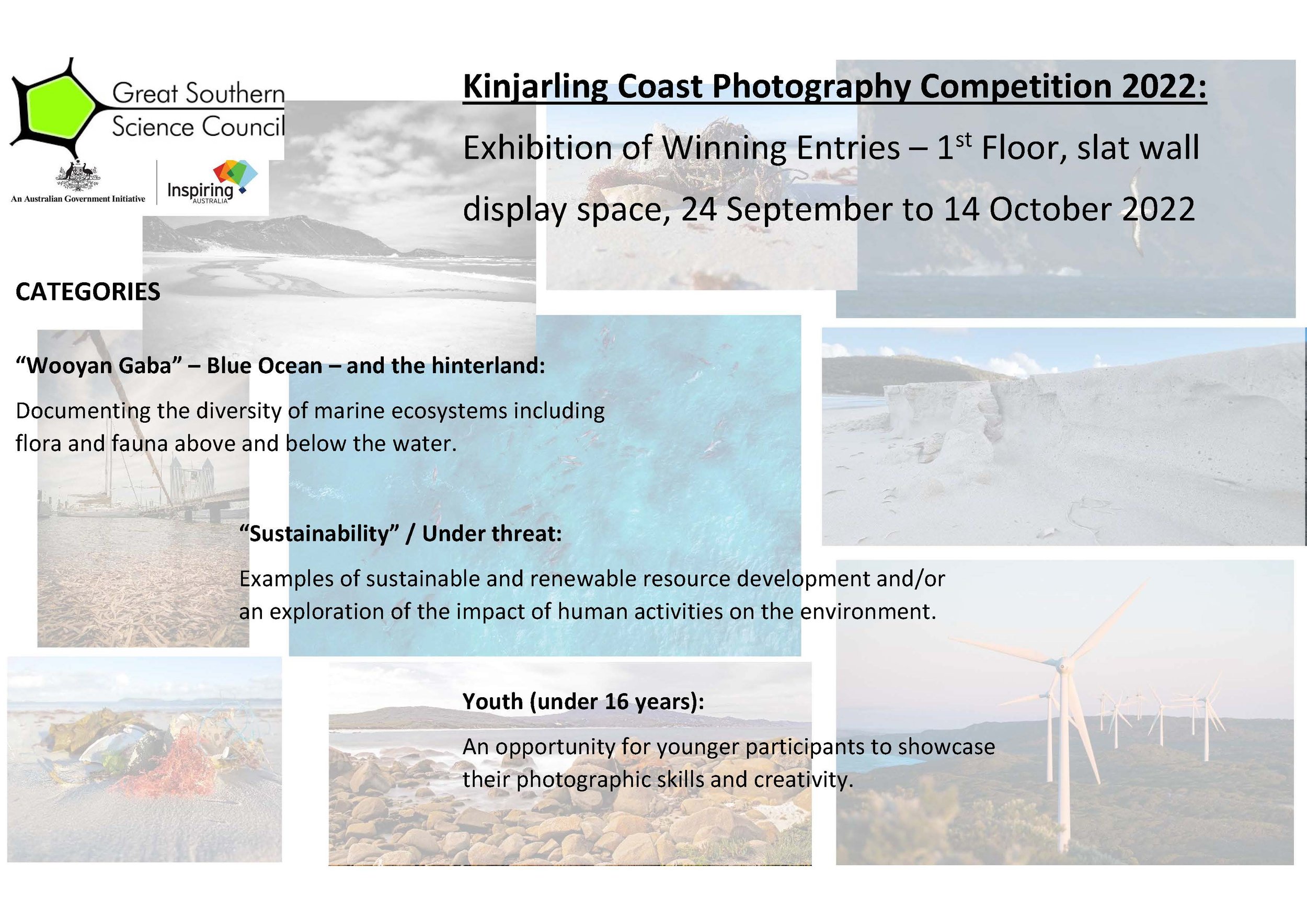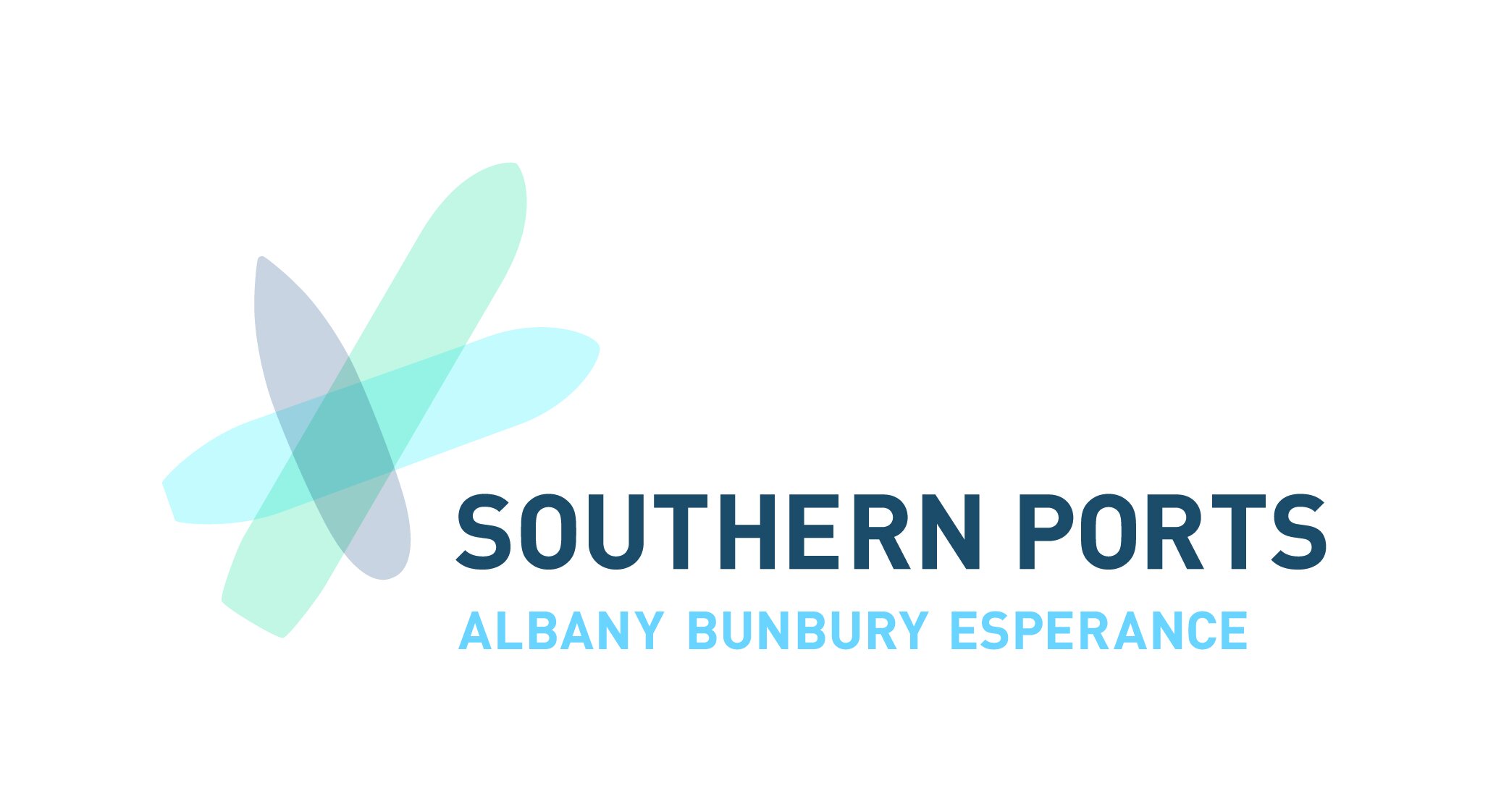Marine Mammal Discovery Cruise aboard Sail-A-Way
/More than 35 adventurers enjoyed a break in Albany's wintery weather to cruise King George Sound on Sunday 21 August in search of marine mammals and enlightenment during National Science Week in Albany. "It's a treat to be out today, with a break in the wind and some welcome sunny skies for our coast expedition" said event organisers Paul Wettin and Liz Tanner, Great Southern Science Council, as the cruise departed from Albany Marina.
Under sail and motor on the 35-foot twin hull sailboat Sail-A-Way, skipper John Woodbury, with crew Anke and Tony, made course to Nannarup Beach to find Southern Right Whales that had been in the area earlier that day. Natural sciences commentary by Deon Utbar of Department Parks and Wildlife, and skipper/educator John Woodbury, and photography and camera tips from enthusiast Keith Lightbody ensured a well-rounded program of discovery and conversation on-board.
There were at least three Southern Right Whales socialising closely in the shallow surf line near Nannarup Beach, and they were very likely courting, possibly mating. Another two individuals were spotted just offshore from Nannarup Beach, quietly resting at the surface. The weather was calm enough to see whale exhalation blows, which are wide, and sometimes separate "V" shapes from twin blowholes of Southern Right Whales or Humpback Whales.
After observing and discussing these whale pods for some time, the group agreed to venture across to Breaksea Island, where they found approximately three dozen New Zealand Fur Seals hauled out along the rocky ledges, possibly hunkering before a predicted squall coming through from Albany to the west.
Most of the animals appeared to be resting, with a few watching our vessel, a few grooming or absently squabbling, and a couple sliding into the water as we sailed past in quiet wonder. Just before heading back to Albany, toward the darkening sky and rainclouds, we spied a single Australian Sea Lion entering the water from the lower splash zone ledges.
Birdlife was quiet, with a couple dozen gannets floating either on the ocean surface or aloft in the light breeze. A pair of sooty oyster catchers and a pair of fairy terns were notable amongst the island birds, which included a handful of pacific gulls, crested terns, and fleshy footed shearwaters, all near Breaksea and Michelmas Islands.
"Deon explained research and innovations in the region that help us understand and manage marine mammals", said Great Southern Science Council Community Engagement Officer Liz Tanner, "and Deon, John and Keith helped interpret the Southern Right Whale social behaviour we were fortunate to see near Nannarup Beach. Discussions included research and technology for cetacean identification, drones, sound data, remote cameras and weather systems."
Whales and dolphins can be identified individually, especially, humpbacks with their distinctive black and white tail colours, southern right whales by their callosities, and dolphins with unique dorsal fin shapes and markings. More than 100 orca (killer whales) individuals have been catalogued in the Bremer Canyon study over the past few seasons.
Auditory data recorders are deployed in King George Sound to collect cetacean sounds in an effort to better understand the sounds that are important to whales and dolphins.
Remote motion-sensor cameras are deployed on some of the islands in the region to monitor wildlife such as seals and sea lions and birds.
Drones can be used in many ways, including monitoring wildlife such as pinniped colonies, cetaceans or sharks with less disturbance and more efficiently than light aircraft. Legislation around drone flight patterns and minimum approach distances to wildlife is under review to use this new technology to its full potential, but in a sensitive, sustainable way.
A recent National Geographic documentary "Birthplace of the Giants" was recommended for amazing footage, some filmed using drones, of humpback birthing behaviour off Western Australian coast.
On the journey home, Skipper John Woodbury invited passengers to experience changing weather conditions in the sound as he guided the vessel from Breaksea Island though the gathering squall, and paused briefly in the heavy rainfall to feel the full effect. Numerous people drew in hoods and pulled up zips to stay out on deck with John to enjoy the full Albany coastal weather experience.
Andrew Storrie
































